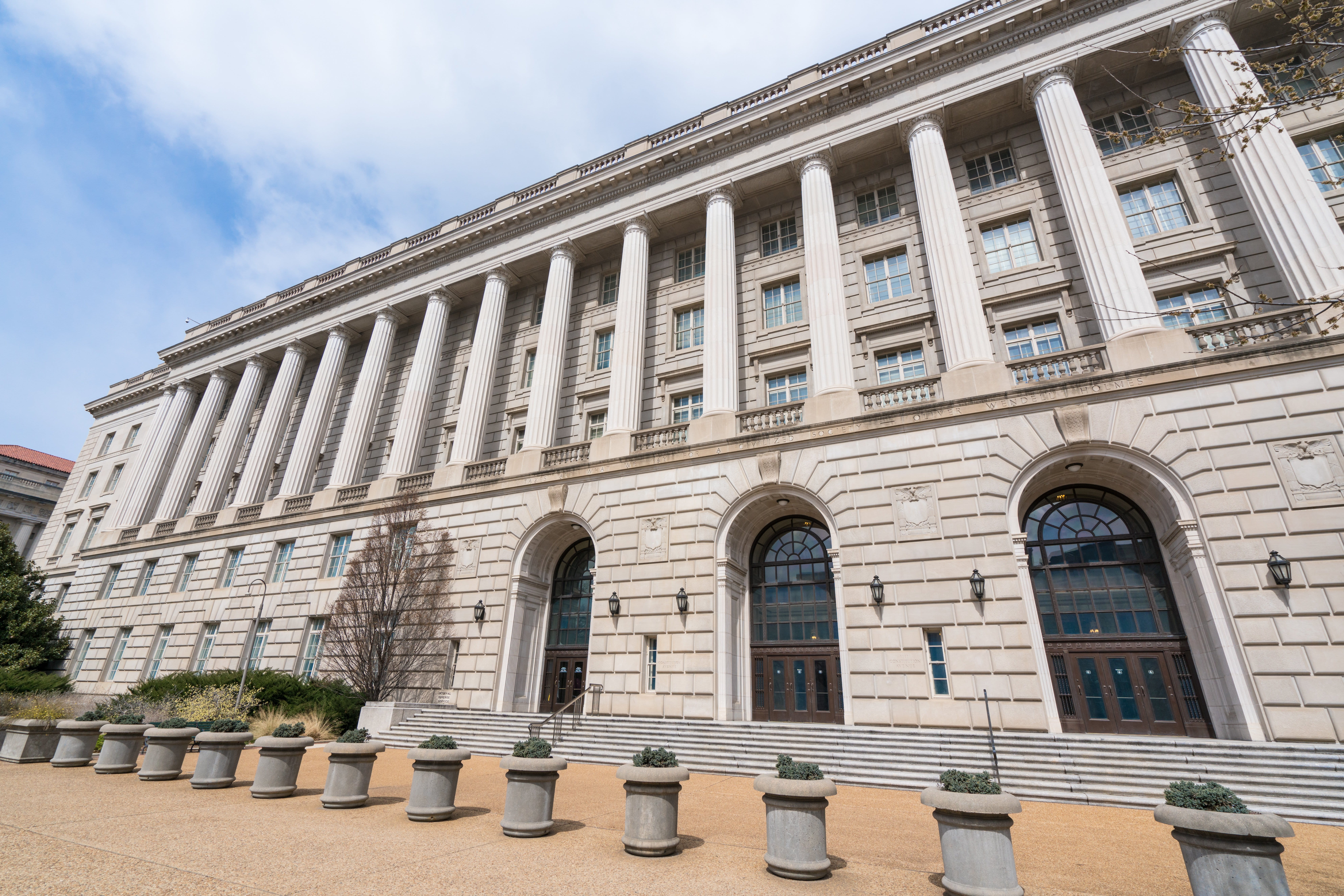LOOKING AHEAD
What’s next for my business?
Tax policy
The One Big Beautiful Bill (OBBB) Act sets in motion significant updates to the federal tax code, for businesses and individuals, international and energy provisions, and much more – and yet, any federal legislation is just the start of implementing any new tax policy. We will continue to monitor and analyze new developments; make sure you’re subscribed to our Tax team’s updates.
Learn more:
• Electronic payments mandatory for federal disbursements by Sept. 30
• OBBB R&E guidance issued: Elections, returns, accounting methods
• OBBB: New tax deduction for qualified overtime pay
• Navigating tax changes: Insights for your business and personal wealth
• Sweeping federal tax law: Business, individual, and other changes
• One Big Beautiful Bill Act: Tax highlights and strategies for individuals
• One Big Beautiful Bill Act’s SALT cap changes: What to know
• Renewable energy: OBBB’s enacted changes to PTC, ITC, EV credits
• The OBBB Act: What it means for commercial real estate
• One Big Beautiful Bill Act: Key considerations for manufacturers

Tariffs & supply chain
New and evolving tariffs on specific countries and materials will have implications for businesses throughout the supply chain: increased material costs (driving up overall costs), shortages, shifts in demand. They might also impact valuations, as higher costs would increase pressure on profitability. Companies can boost their resilience against these impacts by understanding, optimizing, and diversifying their supply chain, and maintaining close communication with suppliers and stakeholders.
Learn more:
• Financial reporting: Accounting for impacts of federal funding changes, tariffs
• Amid tariffs, inventory and supply chain management matter more than ever
• On Demand Webinar: Navigating Tariff Risks with RQ TRIM
• Tariff taxation: How to assess your state sales tax exposure
• Manufacturers’ steps to resilience
• How construction contractors can stay prepared
• Understanding transfer pricing and new U.S. tariffs on goods importation
• Tax incentives for consideration when reshoring or expanding abroad
• Meet BABA with local manufacturing powered by Section 108 funding
Federal awards & contracts
Amid evolving news of cuts or pauses to federal funding and programs, it remains prudent for government contractors and grant recipients to consider their funding sources and prepare to weather any changes. It will be important to understand your funding terms – your options and obligations, and how to handle a potential termination – and to carefully manage cash flow.
Learn more:
• WEBINAR 9/25: Keeping GovCon Policies and Procedures Fresh(Opens a new window)(Opens a new window)
• Begun construction: Navigating today’s challenges
• CMMC readiness : How to face the challenges
• Navigating federal funding uncertainty: What to consider
• Federal Market Tips: Navigating today’s government grants and contracts
• Termination of government grants and contracts: Maintain compliance, mitigate costs
• 2025 Gauge report: Mastering Resource Planning + Project Execution

Resilience & optimization
Rapid change, coupled with uncertainty, can impact an organization’s ability to fully execute its strategic plans. And yet: A changing environment is not inherently negative. Those who understand the impacts of these evolving market forces have an opportunity to not only adapt to this environment, but overall rethink their operations and make strategic investments that mitigate risk and drive future growth.
Learn more:
• Financial agility in a dynamic market: Harness tech, data, and outsourced insights
Investors & dealmaking
The private equity and M&A dealmaking market has been experiencing some headwinds amid increased levels of uncertainty and a possibly higher cost of doing business across international borders. As tariffs continue to evolve, PE firms must evaluate their impact on both their current portfolio companies and potential acquisitions. It will be critical to control expenses and create value, such as by optimizing supply chains and cost structures.
We may still see tailwinds favoring dealmaking, such as a reduced emphasis on regulation – likely leading to lower regulatory compliance costs – and/or more favorable tax policies for PE firms and their portfolio companies. But until more certainty returns to the markets, dealmakers should move with thoughtful caution.
Learn more:
• Private equity update: Adapting to market shifts and challenges
• Private Equity’s Sprint to Value Creation
• Selling the business: Preparing to be transaction-ready
• Add-on acquisitions in private equity: Strategy meets execution

Contact Details
Contact
Let’s start a conversation about your company’s strategic goals and vision for the future.
Please fill all required fields*
Please verify your information and check to see if all require fields have been filled in.
Related services
Our solutions are tailored to each client’s strategic business drivers, technologies, corporate structure, and culture.



















